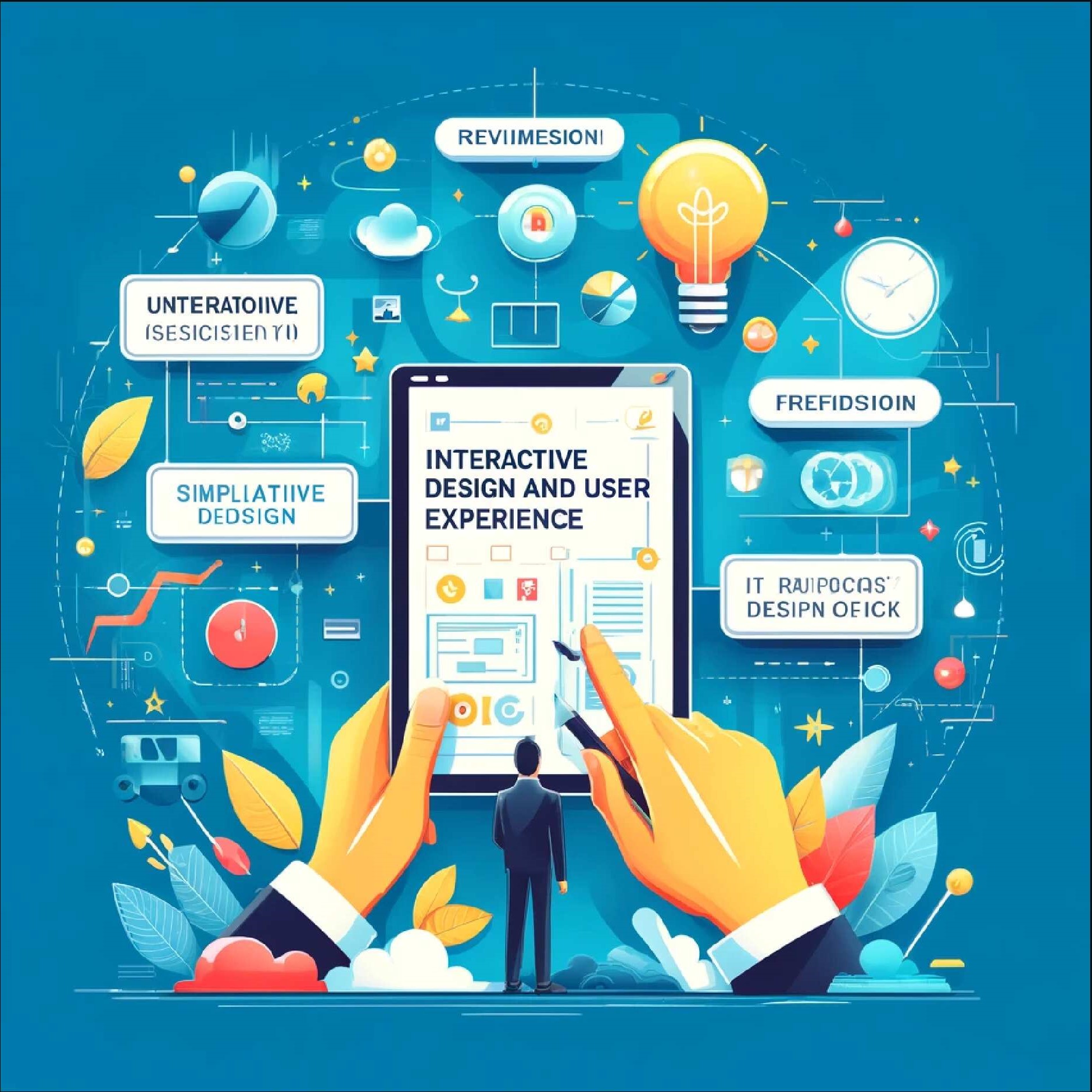
Intelligent assistants like Alexa and Siri, image searches that found the topic of a photo, and self-driving cars – these intelligent systems used machine learning to develop their expertise. In this module, I learned about various machine learning techniques but concentrated on deep neural learning. I learned about the underlying theory and got hands-on experience creating, training, evaluating, and using machine learning systems. I also examined how these technologies were used and misused and what that meant for our societies and communities.
Learning Outcomes
- Understood the principles of user-centered design and its importance in creating desirable interactive products.
- Conducted user research and requirements gathering to inform design decisions effectively.
- Engaged in the design process, from conceptualization to prototyping and evaluation, with a focus on user feedback.
- Developed practical skills in analyzing, designing, and evaluating interactive products through hands-on project work.
- Learned to communicate design ideas and user requirements effectively to stakeholders and team members.
Feedback on my assingments
Feedback across the three assignments commends the initiative in tackling an interesting problem within the weightlifting community. However, it raises concerns about the project's interactivity scope, urging an expansion of features and user activities to showcase design skills more effectively. The importance of diverse prototyping methods and precise design explanations is emphasized, alongside the need for more specific usability enhancements.
Reflections
Reflecting on this feedback, it becomes evident that the design's interactivity and user engagement are paramount. The initial focus on a simplistic interaction model may limit the opportunity to fully explore and apply interaction design principles. Engaging with users and stakeholders early and continuously seems to be pivotal in uncovering deeper insights and needs that could enrich the project.
Professional Skills Matrix learnt and Action Plan
Skills Gained or Enhanced:
- Design Thinking: Enhanced understanding of identifying and solving user needs through creative design solutions.
- Prototyping Skills: Development of a versatile approach to prototyping, appreciating both low and high-fidelity methods.
- User-Centered Design: Deepened commitment to grounding design decisions in real user needs and feedback.
- Communication and Feedback Integration: Improved ability to articulate design decisions clearly and integrate feedback into design iterations.
Action Plan:
- Broaden Interactivity Scope: Revisit the project's design to identify opportunities for adding complex interactions that serve user needs more effectively. Explore ways the weightlifting community interacts with data and each other.
- Engage More Deeply with Users: Conduct additional interviews or surveys with a broader user base, including stakeholders like weightlifting committees, to uncover unmet needs and desires.
- Diversify Prototyping Methods: Experiment with various prototyping tools and methods, including paper and digital tools like Figma and Balsamiq, to explore different design solutions without being constrained by the medium.
- Precise Design Communication: Practice articulating design choices more specifically, detailing how each decision enhances usability and user experience. This includes explaining what makes an interface "easy to use" for its intended audience.
- Implement Feedback for Usability Improvements: Apply the specific usability improvements suggested in the feedback to refine prototypes. This could involve user testing sessions to validate these improvements.